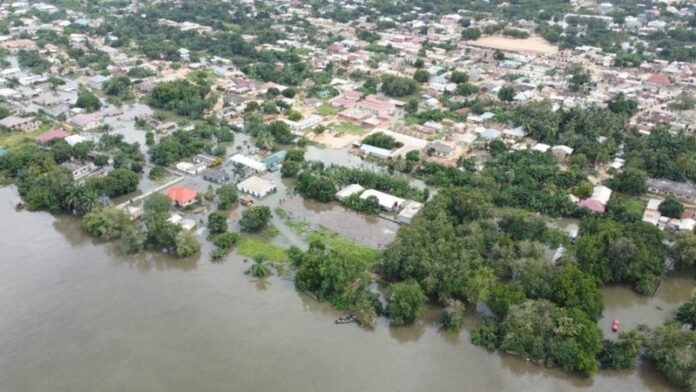If another major disaster were to occur in Ghana, the probability for the government to effectively manage it is low.
This is according to a policy brief by Col. Festus Aboagye (Rtd), which suggests deep-seated vulnerabilities in Ghana’s disaster management framework, along with a critical lack of foresight, preparation, and coordinated action.
The policy brief, which used the Akosombo Dam spillage as a case study, highlighted the urgent need for a complete overhaul of Ghana’s approach to disaster preparedness and response.
Titled “From National Asset to National Ignominy: Ghana’s Akosombo Dam Disaster Exposes Government Negligence and Civil Society’s Heroic Response,” the brief revealed a demand for a paradigm shift in disaster management.
According to the brief, although the spillage was controlled, it still managed to cause extensive damage to communities in the Lower Volta Area, impacting North Tongu, South Tongu, Central Tongu, and other districts.
- Akosombo Dam spillage victims to file class action against government
- GHC80m approved for Akosombo dam spillage cannot be found – Ablakwa reveals
Read policy brief:

